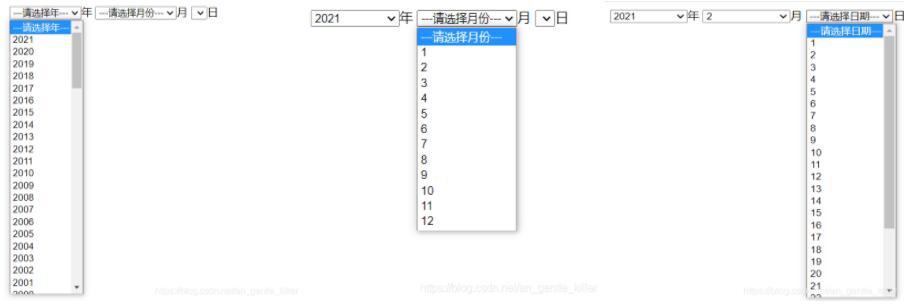目录
- 1.安装
- 2.导入
- 3.定义校验规则(最好是在utils文件夹中单独封装js文件导出)
- 4.使用Form组件配置校验规则和错误对象 (form 和 Field都是从插件中按需导出)
- 5.使用 Field 组件,添加表单项目校验
- 6.补充表单数据和验证规则数据
1.安装
npm i vee-validate@4.0.3
2.导入
import { Form, Field } from 'vee-validate'
3.定义校验规则(最好是在utils文件夹中单独封装js文件导出)
// 创建js文件进行导出
export default {
// 校验项account
account (value) {
if (!value) return '不能为空'// 条件判断,
return true // 最后全部通过必须return true
},
password (value) {
if (!value) return '请输入密码'
if (!/^\w{6,24}$/.test(value)) return '密码是6-24个字符'
return true
},
mobile (value) {
if (!value) return '请输入手机号'
if (!/^1[3-9]\d{9}$/.test(value)) return '手机号格式错误'
return true
},
code (value) {
if (!value) return '请输入验证码'
if (!/^\d{6}$/.test(value)) return '验证码是6个数字'
return true
},
isAgree (value) {
if (!value) return '请勾选同意用户协议'
return true
}
}
4.使用Form组件配置校验规则和错误对象 (form 和 Field都是从插件中按需导出)
// validation-schema="mySchema" 配置校验规则
// v-slot:导出错误对象
<Form
:validation-schema="mySchema"
v-slot="{ errors }"
>
<!-- 表单元素 -->
</Form>
<script>
import schema from '@/utils/vee-validate-schema'
setup () {
// 表单对象数据
const form = reactive({
account: null, // 账号
password: null // 密码
})
// 校验规则对象
const mySchema = {
account: schema.account,
password: schema.password
}
return { form, mySchema }
}
</script>
5.使用 Field 组件,添加表单项目校验
//1. 把input改成 `Field` 组件,默认解析成input
//2. `Field` 添加name属性,作用是指定使用schema中哪个校验规则
//3. `Field`添加v-model,作用是提供表单数据的双向绑定
//4. 发生表单校验错误,显示错误类名`error`,提示红色边框
<Field
v-model="form.account"
name="account"
type="text"
placeholder="请输入用户名"
:class="{ error: errors.account }" // 如果返回错误信息,为true 显示类error
/>
<!-- <input type="text" placeholder="请输入用户名" /> -->
6.补充表单数据和验证规则数据
// 表单绑定的数据
const form = reactive({
account: null, // 账号
password: null, // 密码
isAgree: true // 是否选中
})
// 声明当前表单需要的校验数据规则
const curSchema = reactive({
account: schema.account, // 账号
password: schema.password, // 密码
isAgree: schema.isAgree // 是否选中
})
以上就是Vue vee-validate插件的简单使用的详细内容,更多关于Vue vee-validate插件的资料请关注NICE源码其它相关文章!











